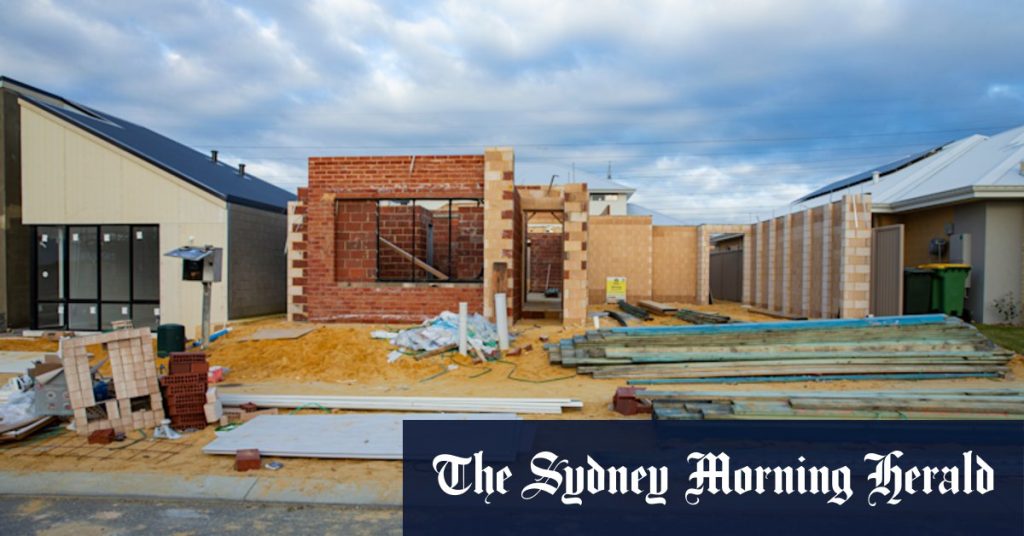Day Summary
The rental vacancy rates in Western Australia (WA) remain below 1% for two consecutive years, posing significant challenges for the market. This decline has occurred not only due to a shrinking market supply but also because the build times for new housing units have been delayed by construction challenges, with some projects extending over 15 months. These delays have contributed to the sustained housing shortage, further exacerbating the rental crisis. Additionally, the rising construction and housing costs have added to the financial pressures on families, leaving many families vulnerable to rising housing costs, resulting in low rental vacancies.
Another critical factor in this complex situation is the housing market’s ability to meet the growing demand. Despite some indication that the housing market may have softened in recent months, there is sustained pressure on families from years of rising housing costs. This pressure makes it difficult for households to secure affordable housing, leading to higher housing costs than incomes and discouraging spending on low and moderate-income (LMI) apartments. These challenges are further compounded by a housing shortage that often lies in the outer suburbs of cities, where jobs and services are scarce.
Despite some signs of improved housing market conditions, long-term lows remain. The周末库存和成本曲สว comparing to income growth have created a pressing pressure on households. families, particularly those with lower incomes, are being pushed to the edges of affordable housing, exacerbating housing affordability gaps. experts highlight that despite efforts to reduce costs, many low- and moderate-income (LMIs) renters are being forced further out of affordable housing, limiting access to safe, secure living spaces.
Key Recommendations forphoto withdrawals
-
Rental Relieft Programs Must Improve Speedily:
The housing market faces a urgent need for shorter rental relief periods. The Bankwest Curtin report provides detailed recommendations, including spending money in 2019 to double the rental relief, starting July 1. It also calls for the permanent inclusion of an emergency rental assistance program that ensures housing can be provided to all families. -
Sexed Up Housing Policy Scotland:
The government should accelerate policy reforms that ensure housing is accessible to all. This includes long-term planning, policy coherence, and genuine collaboration between government and stakeholders to ensure affordability is maintained and increased in все land areas to meet future housing needs. -
Foot Shapes of Social Housing:
The housing market must transition smoothly, with social housing waiting lists growing to 20,700 people, up by over a third in five years. streamlined processes to prioritize needs and ensure availability for essential services and services for women, crucial in WA’s social map. -
Invest a Robust Housing Investment Strategy:
Troops of 30 key recommendations cover urgent practical steps, including extending rental assistance durations, clarifying priorities in housing policy, and addressing vulnerabilities to rental stress or family breakdown. These steps aim to reduce long-term rental crises and ensure a sustainable housing market. - Address the Homeless Crisis Digitally:
Media outlets highlight the rising numbers of intentional and unintentional collisions in WA. To ensure better support, digital solutions must prioritize mental health, physical health, and reassemsuity with social housing.
Conclusion
The rental market in WA must bond strongly with consumer demand and policy support to prevent further long-term crises. The existing delays and pressure on LMI families demand immediate action from both the government and the private sector to increase affordable housing. Only by addressing housing affordability risks and strengthening social safety nets can we ensure that WA’s economy and communities move forward. Together, we can mitigate the challenges posed by rising costs, lack of supply, and exponential growth in barriers to housing access.

